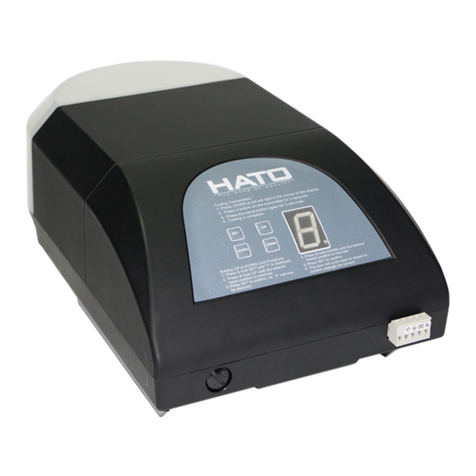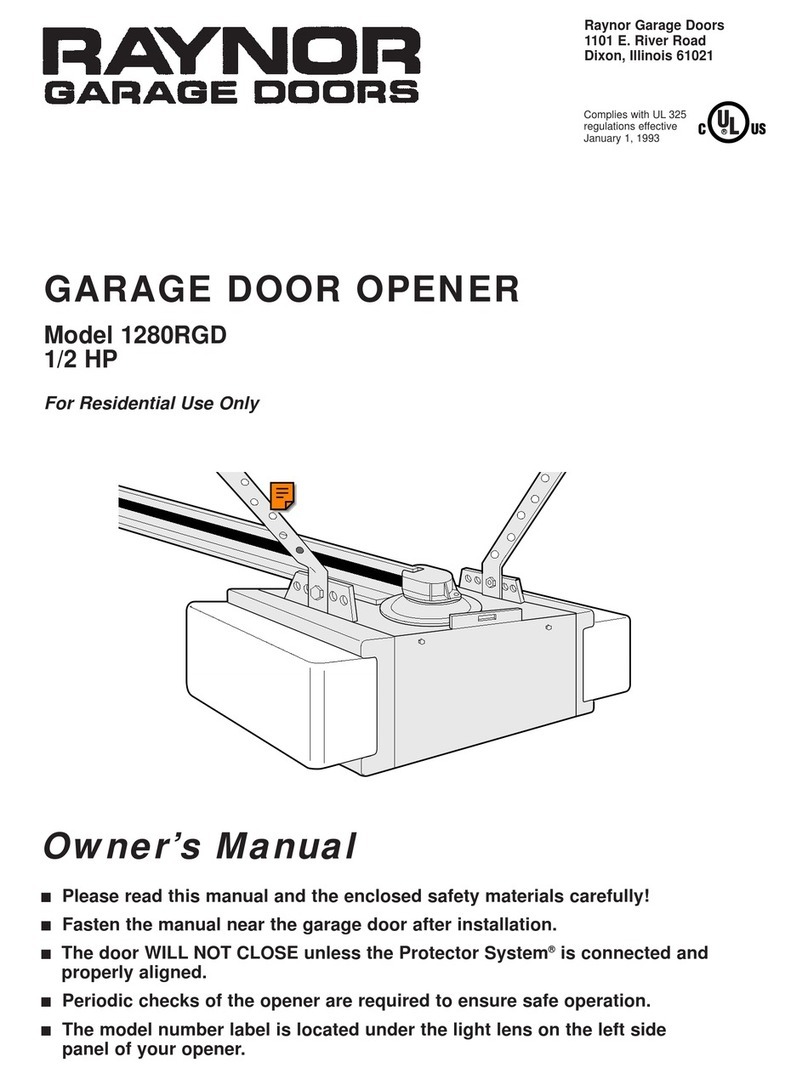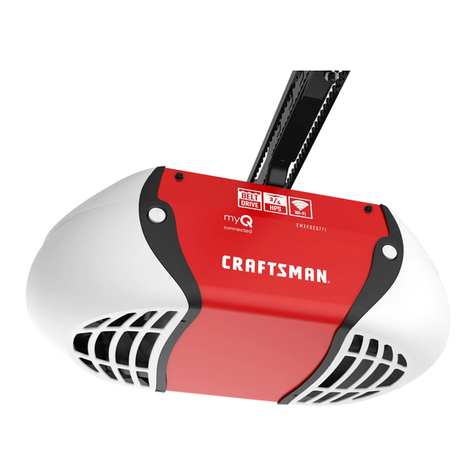
2
1. INTRODUCTION ...................................................................................................................................................................................................................................................... 3
2. ADVANCED FEATURES........................................................................................................................................................................................................................................ 3
3. IMPORTANT SAFETY INFORMATION............................................................................................................................................................................................................ 3
4. TOO S .......................................................................................................................................................................................................................................................................... 4
5. GARAGE .................................................................................................................................................................................................................................................................... 4
6. OPERATOR PACKAGE CONTENTS .................................................................................................................................................................................................................. 6
7. IMPORTANT INSTA ATION INSTRUCTIONS .......................................................................................................................................................................................... 7
8. INSTA ATION STEPS .......................................................................................................................................................................................................................................... 8
8.1 MEASURE AND MARK DOOR AREA .................................................................................................................................................................................. 8
8.2 INSTA HEADER BRACKET .................................................................................................................................................................................................... 8
8.3 INSTA DOOR BRACKET TO DOOR.................................................................................................................................................................................... 9
8.4 ATTACH RAI TO OPERATOR HEAD .................................................................................................................................................................................. 10
8.5 ATTACH RAI TO HEADER BRACKET ................................................................................................................................................................................ 11
8.6 POSITION OPERATOR FOR MOUNTING .......................................................................................................................................................................... 11
8.7 MOUNT OPERATOR TO CEI ING ........................................................................................................................................................................................ 12
8.8 CONNECT ARM TO DOOR AND TRO EY .................................................................................................................................................................... 12
8.9 CHECK EMERGENCY RE EASE .......................................................................................................................................................................................... 13
8.10 INSTA PHOTO EYE SAFETY SYSTEM ............................................................................................................................................................................ 14
8.11 INSTA WA CONTRO PANE ...................................................................................................................................................................................... 15
8.12 CONNECTING WIRES TO OPERATOR................................................................................................................................................................................ 15
8.13 INSTA IGHT BU BS AND ENSES .............................................................................................................................................................................. 16
8.14 CONNECT TO POWER .............................................................................................................................................................................................................. 17
8.15 CONTRO PANE ...................................................................................................................................................................................................................... 18
8.16 INITIA SYSTEM SET UP.......................................................................................................................................................................................................... 18
8.17 ADVANCED SETTING................................................................................................................................................................................................................ 20
8.18 TEST SAFETY REVERSA ..........................................................................................................................................................................................................23
8.19 A IGN AND TEST PHOTO EYE SENSORS........................................................................................................................................................................ 24
8.20 APP Y ABE S TO INSIDE OF GARAGE .......................................................................................................................................................................... 25
8.21 ATTACH OWNER’S MANUA TO WA ............................................................................................................................................................................ 25
9. IMPORTANT SAFETY INSTRUCTIONS........................................................................................................................................................................................................ 25
10. TRANSMITTERS .................................................................................................................................................................................................................................................. 26
11. OPERATION OF YOUR OPERATOR .............................................................................................................................................................................................................. 27
12. HOME INK®TRANSCEIVER .......................................................................................................................................................................................................................... 27
13. MODU AR ANTENNA ...................................................................................................................................................................................................................................... 27
14. TENSION ADJUSTMENT .................................................................................................................................................................................................................................. 28
15. RAI ENGTH ADJUSTMENT - FOR PROFESSIONA INSTA ERS ON Y................................................................................................................................ 28
16. RAI ASSEMB Y PARTS .................................................................................................................................................................................................................................. 29
17. OPERATOR ASSEMB Y PARTS ...................................................................................................................................................................................................................... 30
18. ACCESSORIES ...................................................................................................................................................................................................................................................... 32
19. HAVING A PROB EM? ...................................................................................................................................................................................................................................... 33
20. TROUB ESHOOTING - FOR PROFESSIONA INSTA ERS ON Y................................................................................................................................................ 34
21. MAINTENANCE AND ADJUSTMENTS ...................................................................................................................................................................................................... 35
22. IMITED PARTS WARRANTY.......................................................................................................................................................................................................................... 35
23. WARRANTY IMITATIONS, C AIMS AND SERVICE............................................................................................................................................................................ 36
24. REGISTRATION .................................................................................................................................................................................................................................................... 36
OWNER’S MANUAL CONTENTS
Conversion :
1 foot = 33 cm
1 inch = 2.54 cm





























